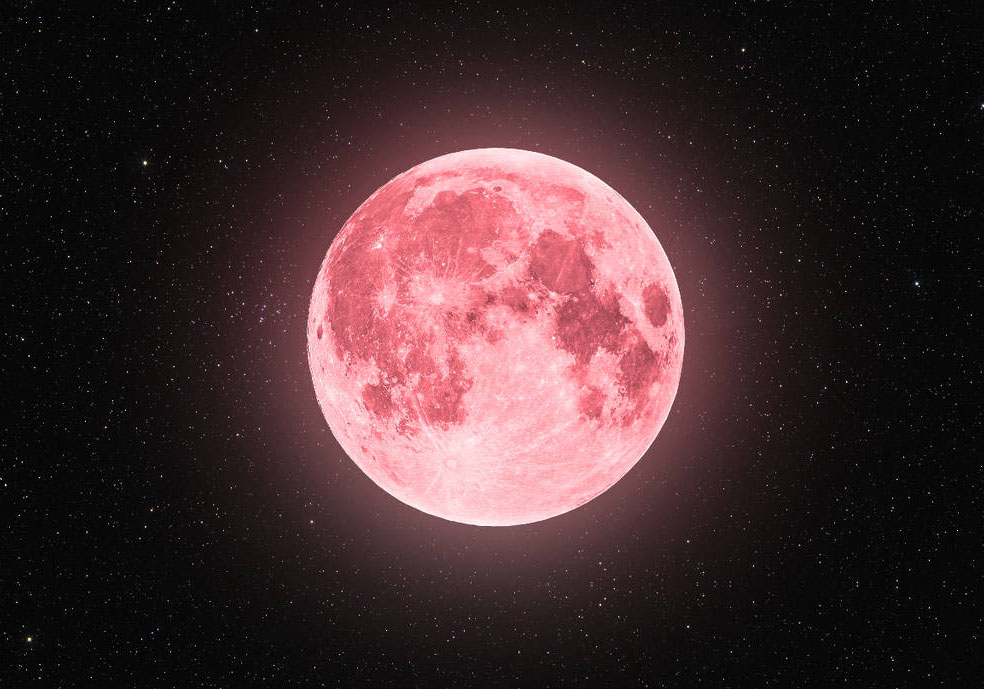
THE BEAUTY OF PINK MOON


In the pulsating realm where creativity meets expression, there exists a phenomenon known as "Art...
Photo Credit: Kenny Veach Kenny Veach, a passionate desert tramper and YouTuber, disappeared in...
Photo Credit: Getty Images When I think of the Joker, my mind just runs through to this man Heath...
Photo Credit: Getty Images Struggles to Stardom: The Iron Man Chronicles Iron Man. Nearly every...
In recent weeks, Congress has been intensely negotiating an agreement to raise the debt ceiling, a...
The Maasai Mara, a name that conjures images of vast savannas, thundering wildebeest herds, and...
World Press Freedom Day, observed annually on May 3rd, is a momentous occasion that underscores...
Renewable energy investments in the USA are experiencing a significant shift towards more...
Photo Credit: Getty Images When we watch Hollywood movies we get a certain kind of view of bikers...
Photo Credit: Getty Images The Naming of the Pink Moon The term "Pink Moon" originates from Native...
Photo Credit: File Photo In the wake of unprecedented challenges, the leadership of Joe Biden...
Photo Credit: Getty Images In an era of escalating climate change and environmental degradation, the need...